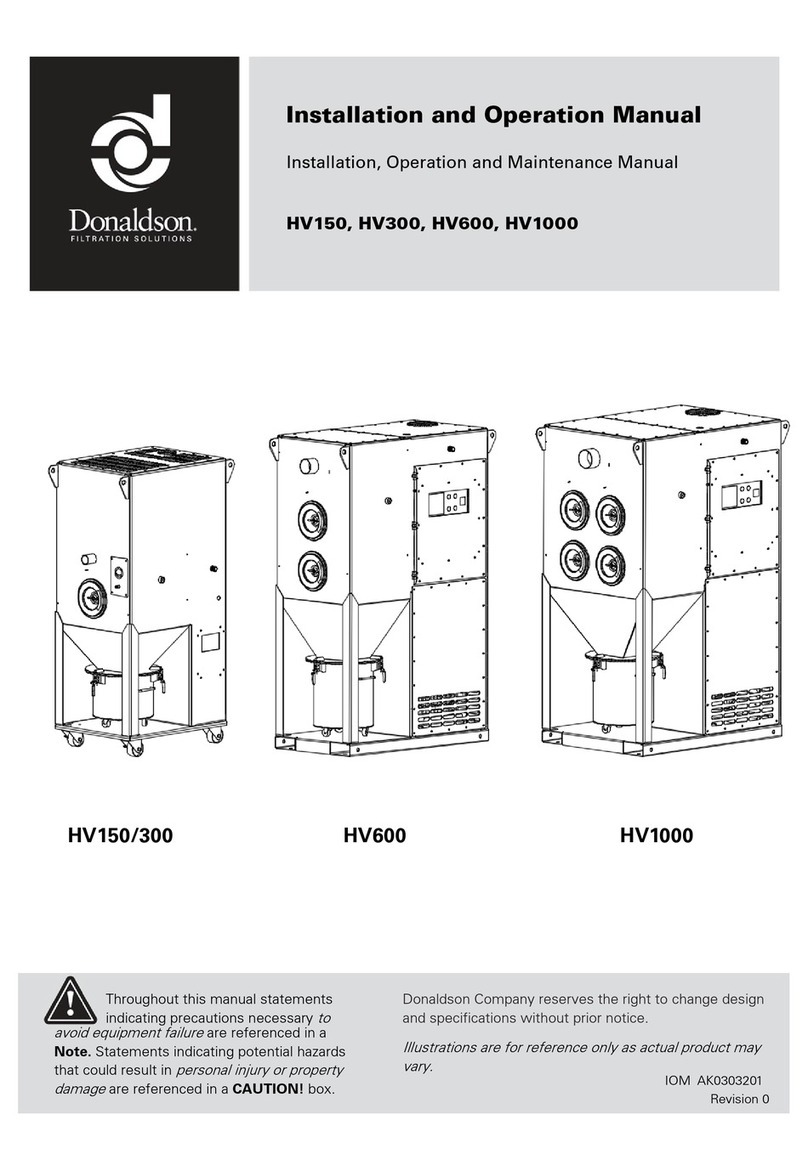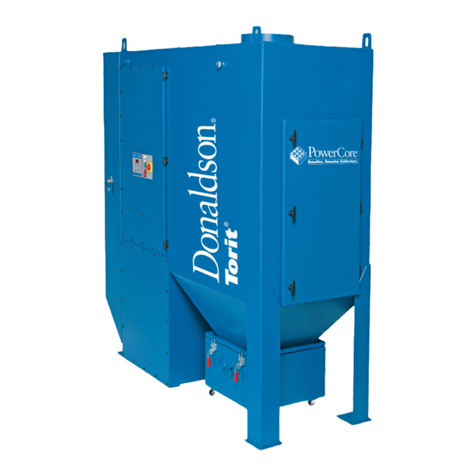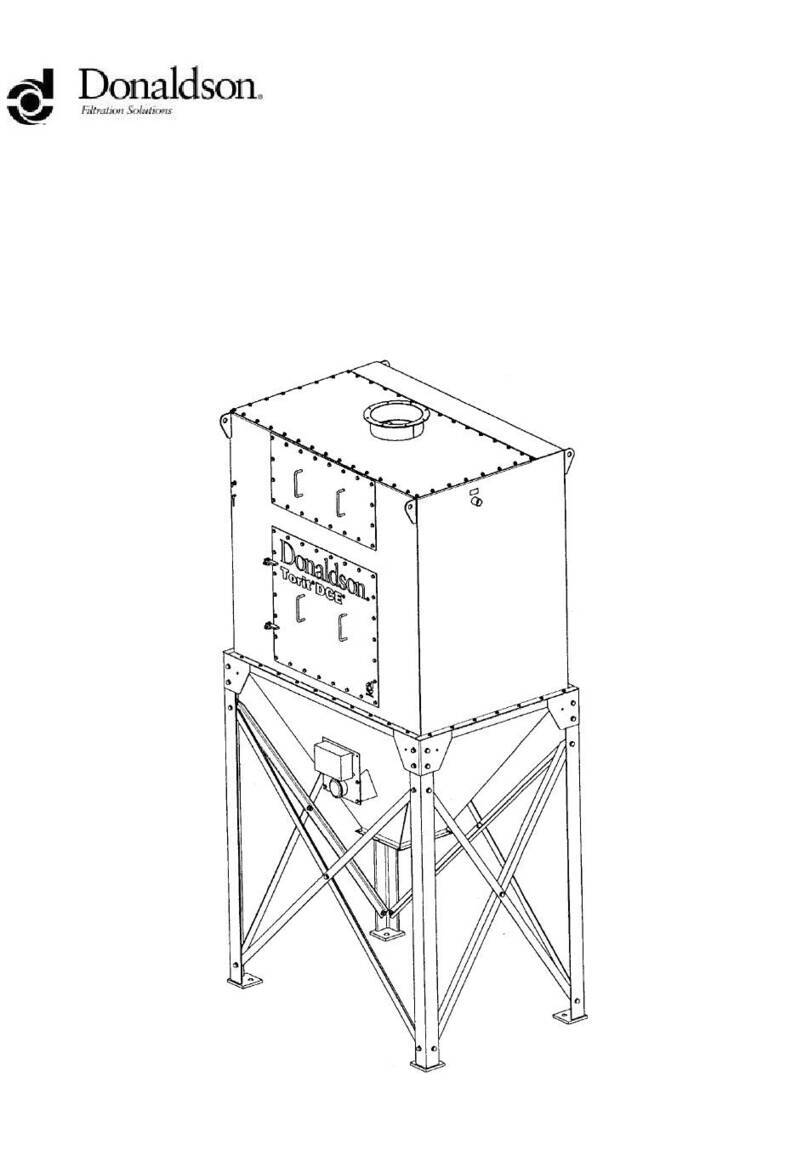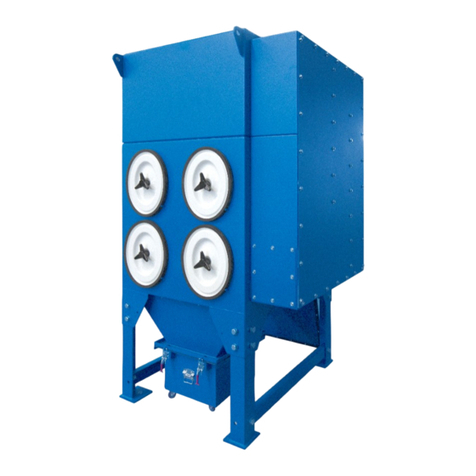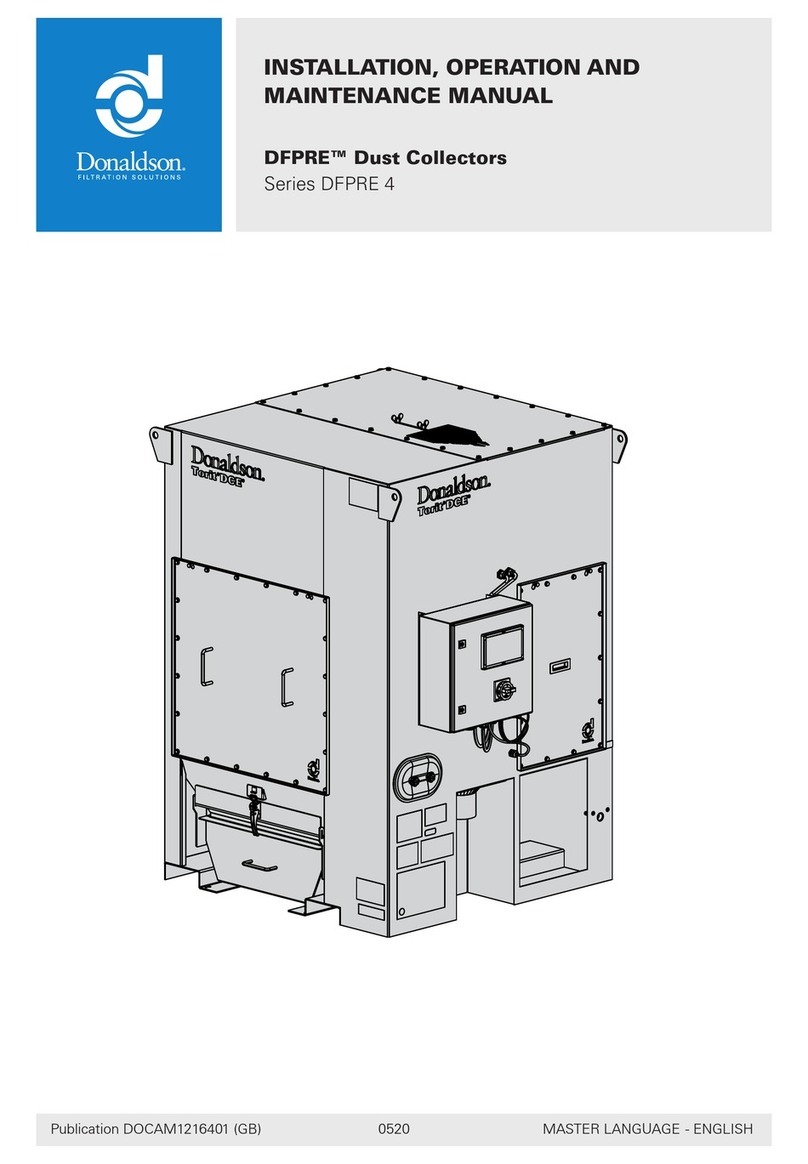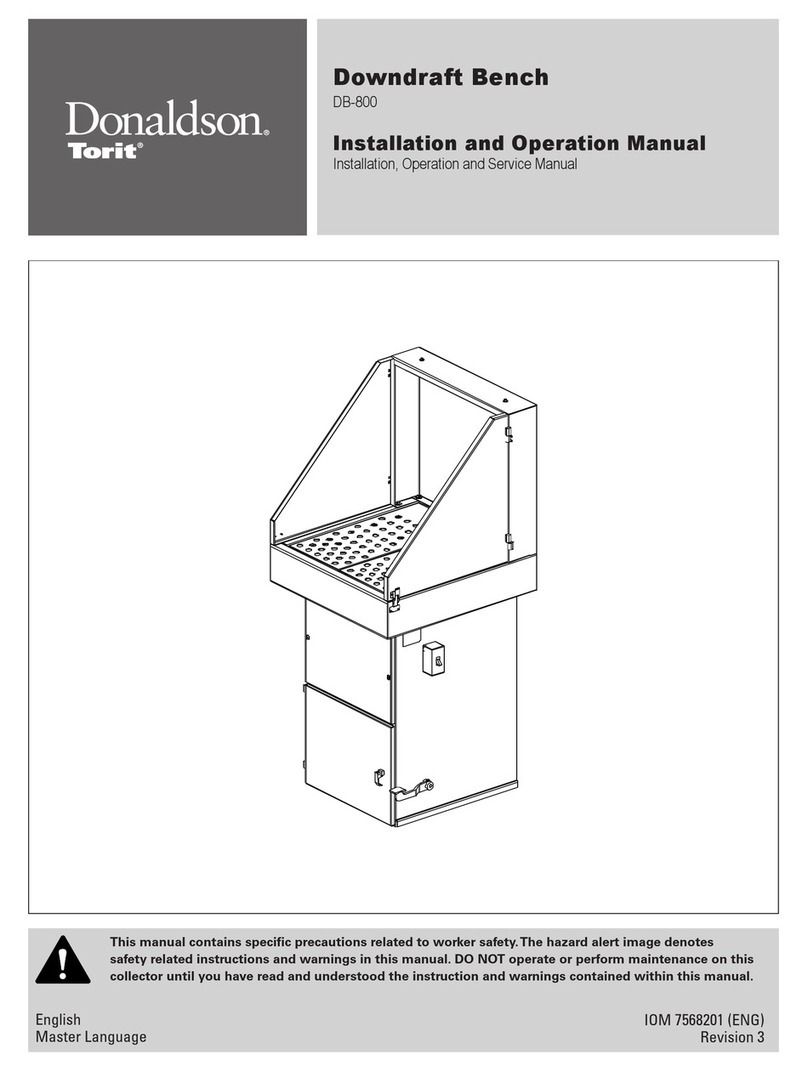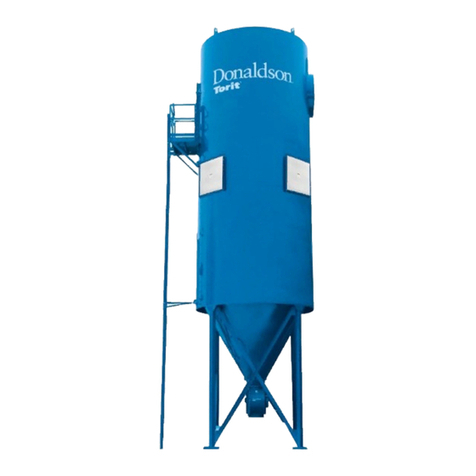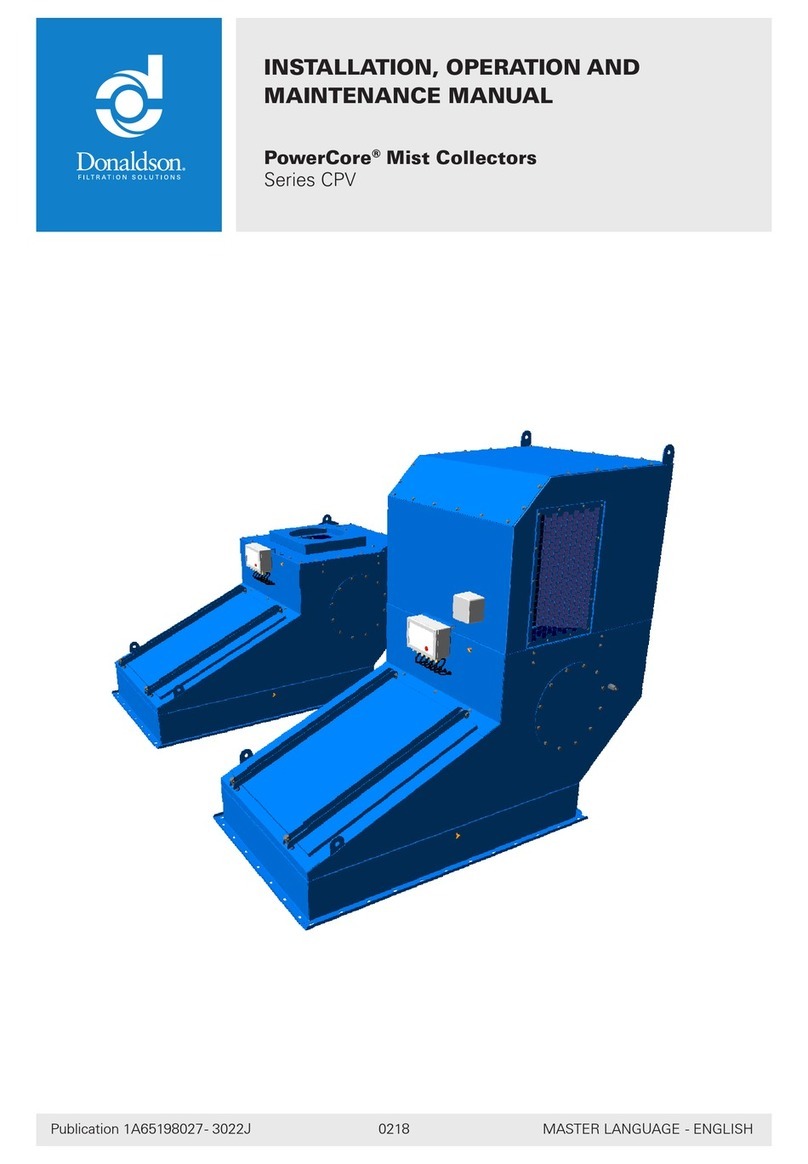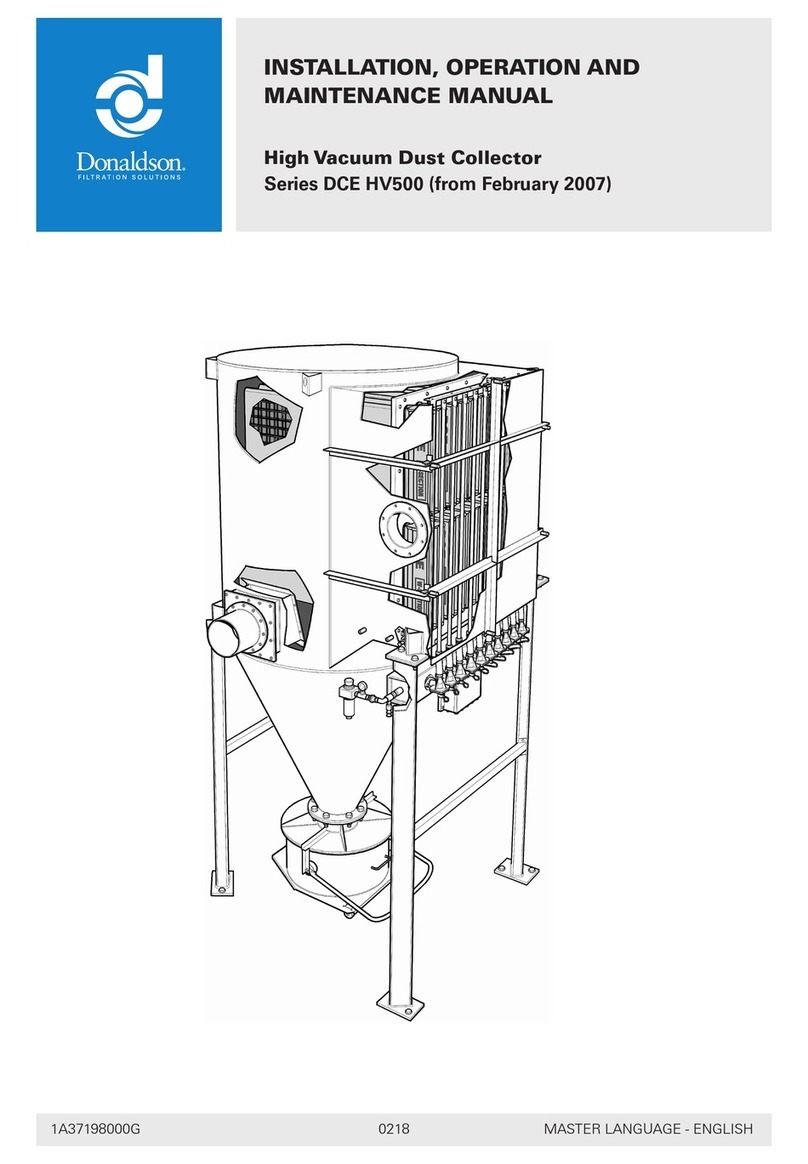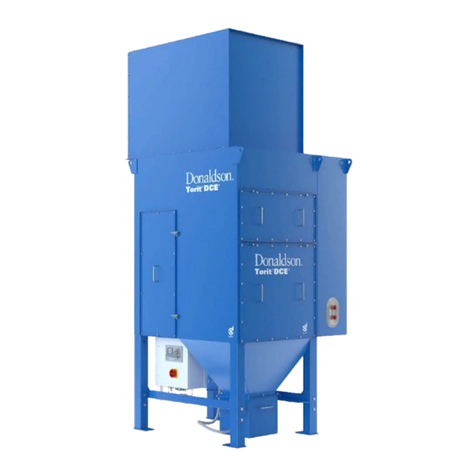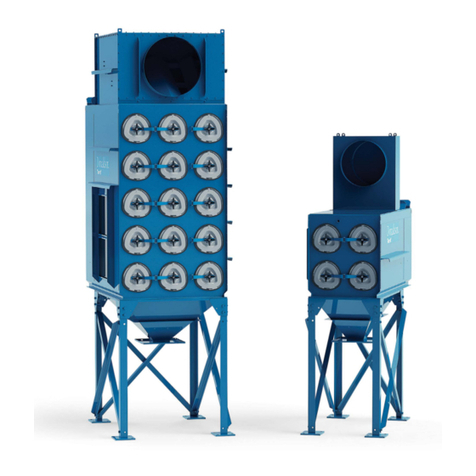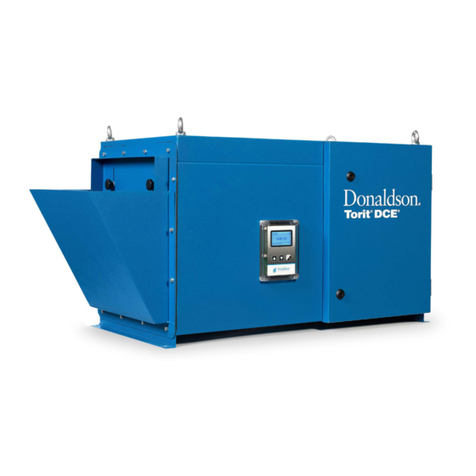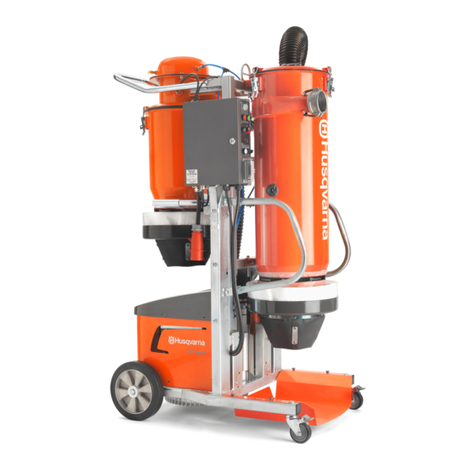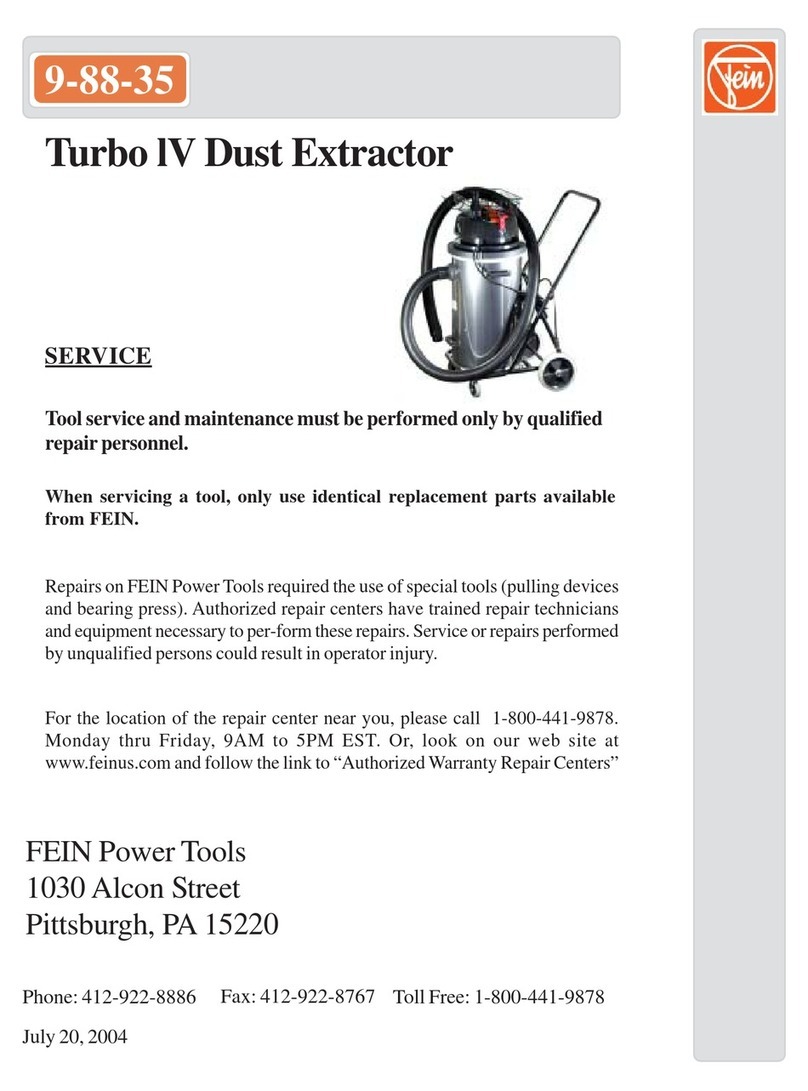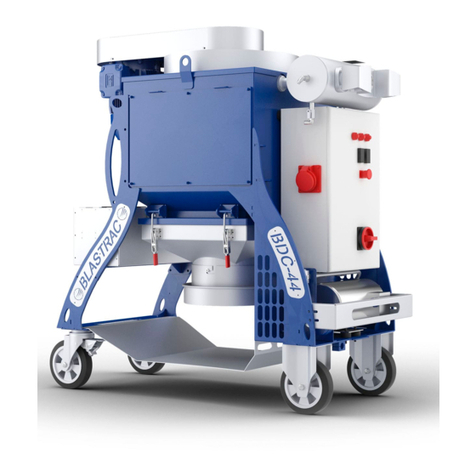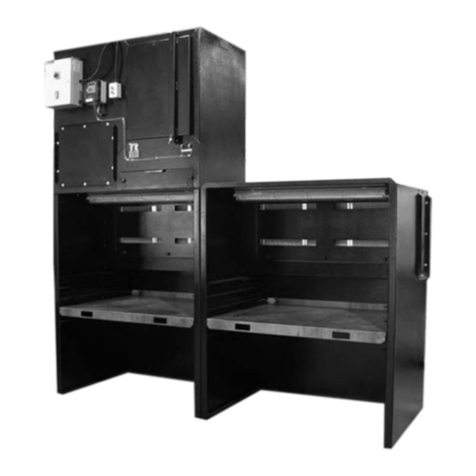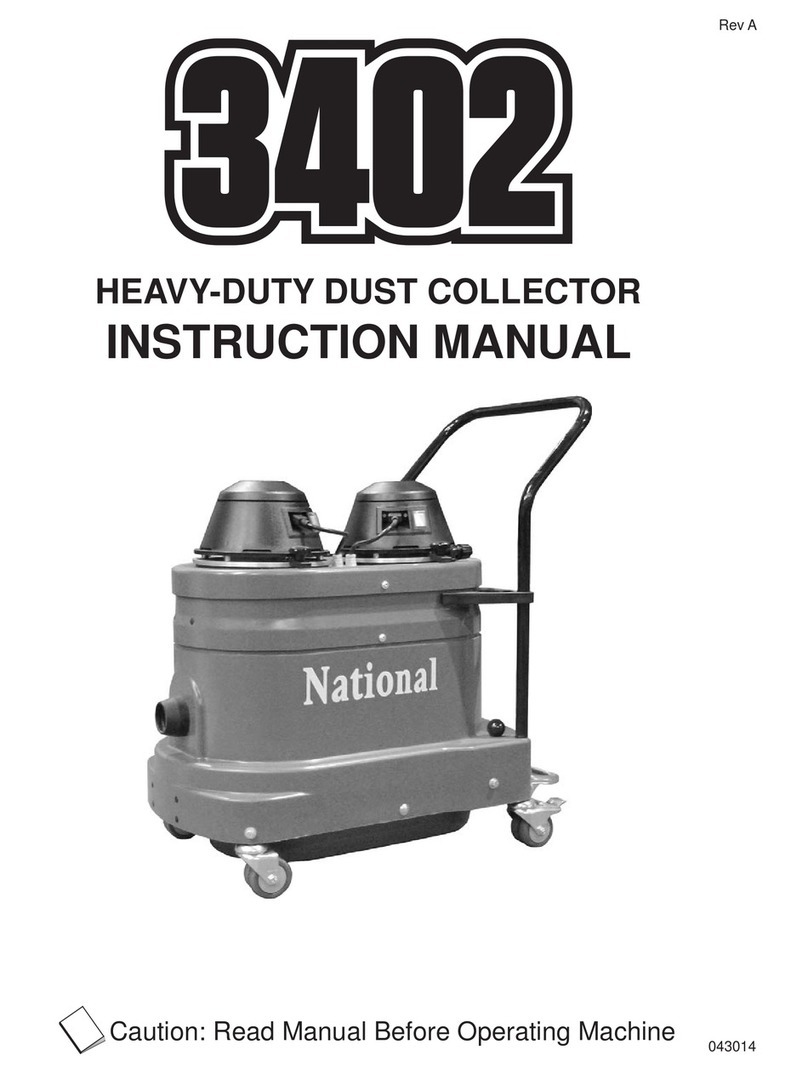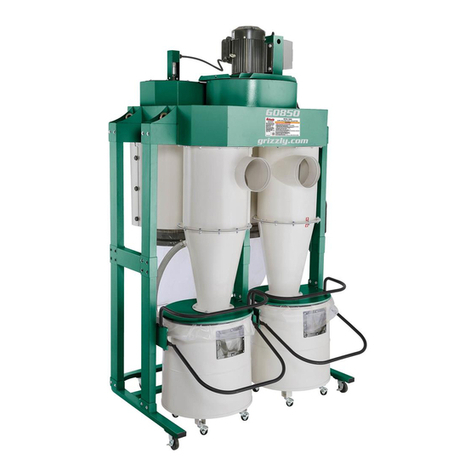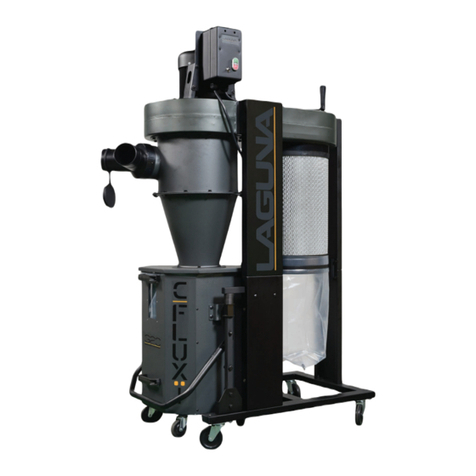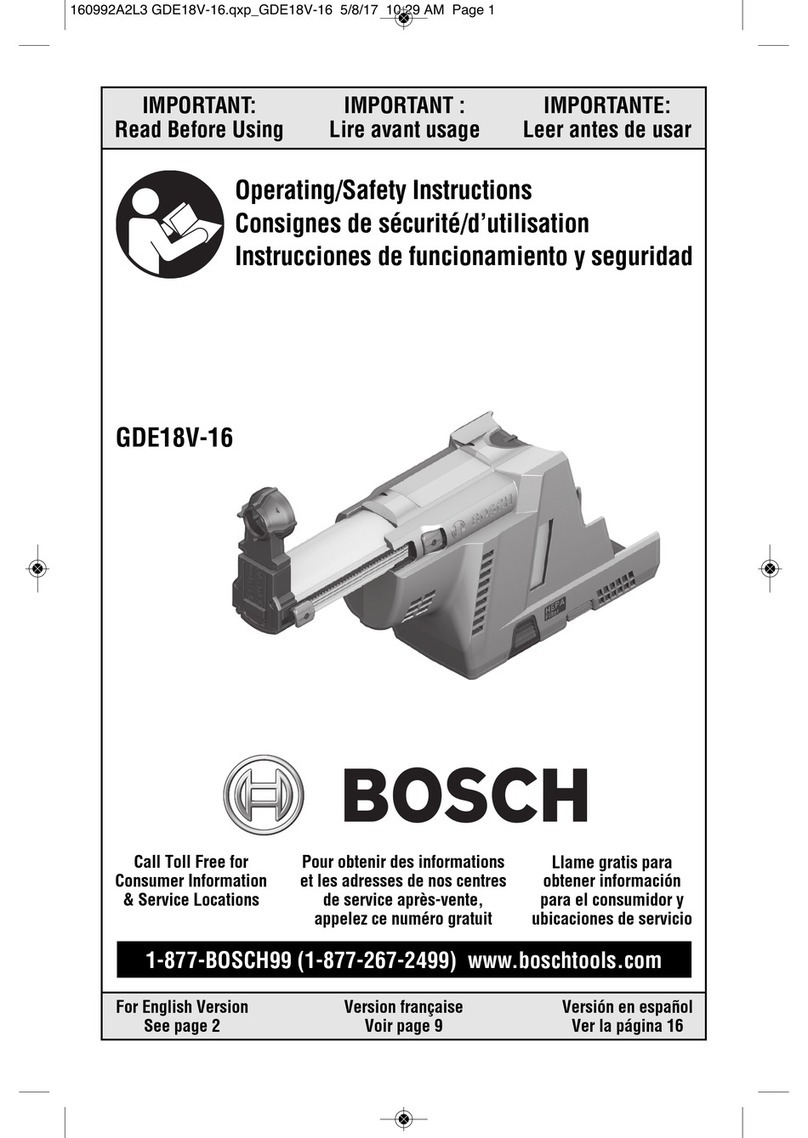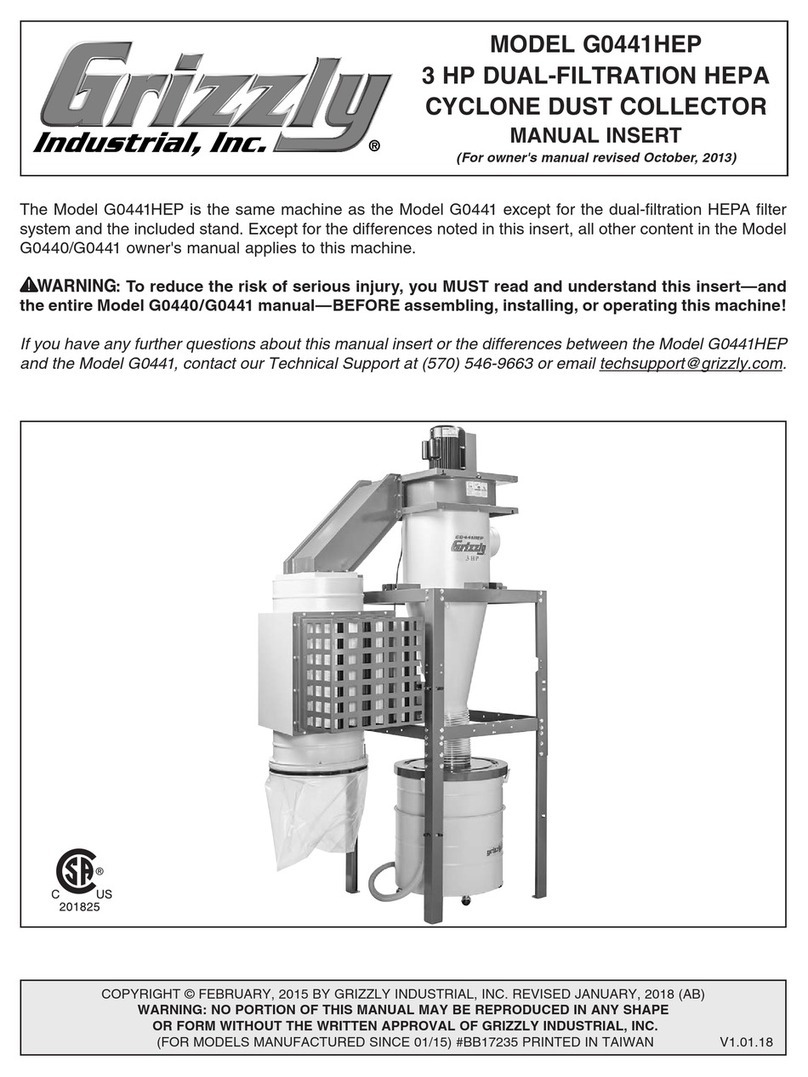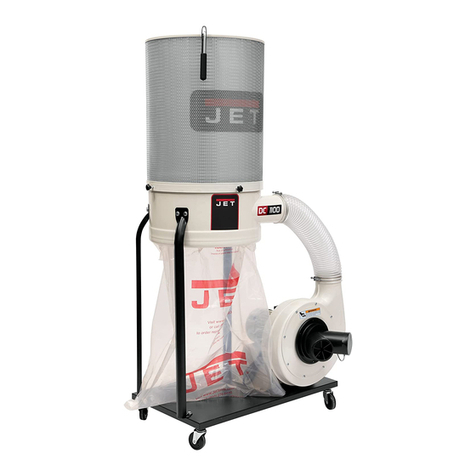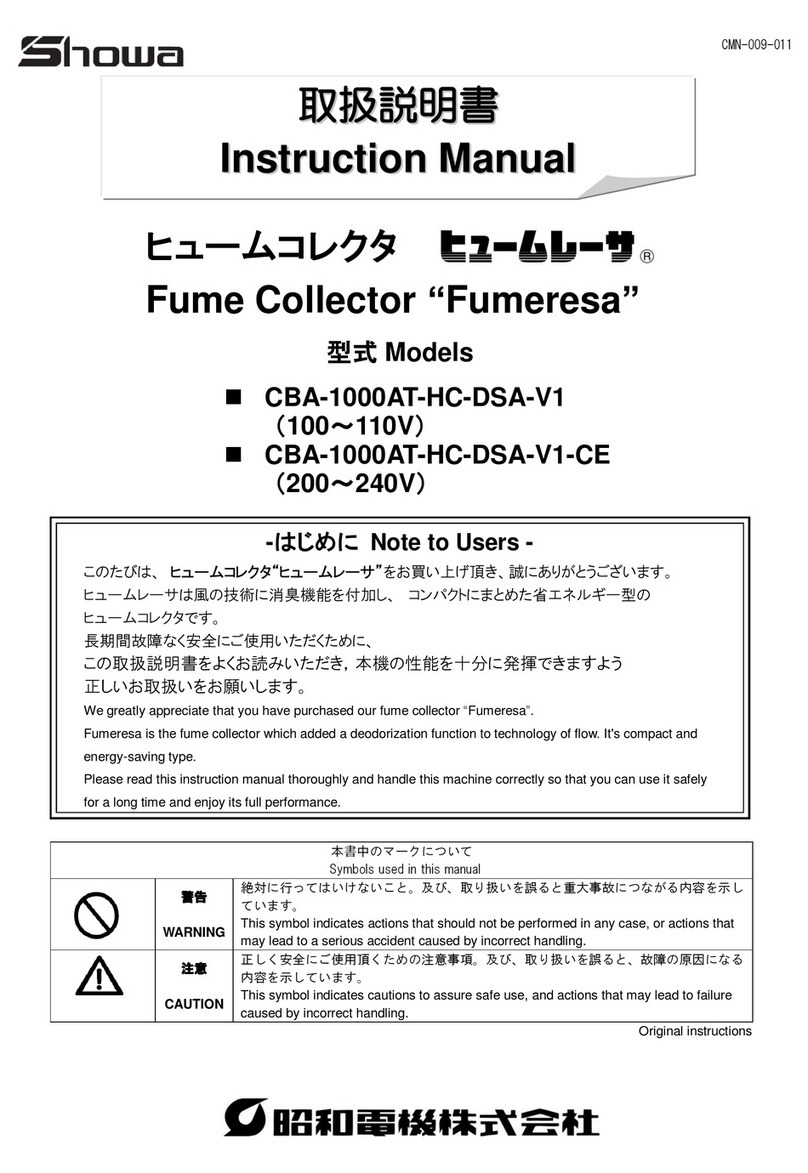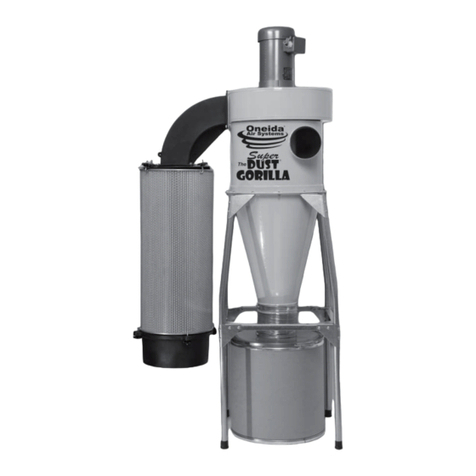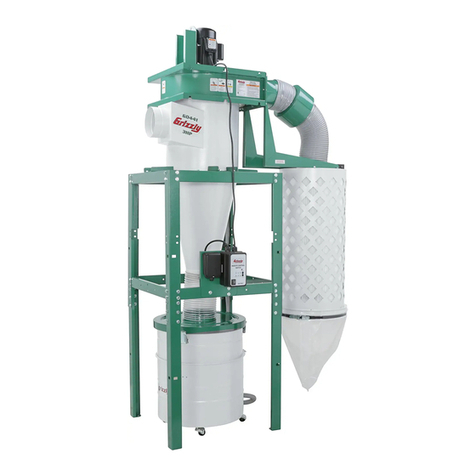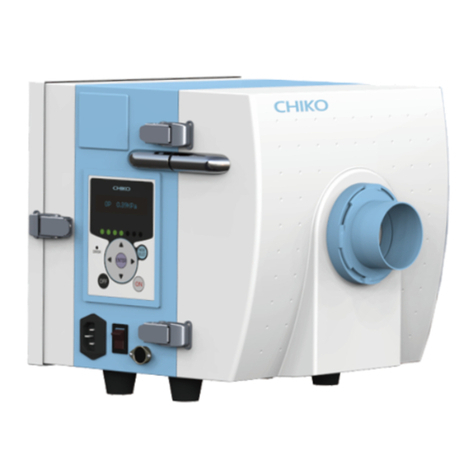7
Dalamatic Insertable Dust Collectors – Series DLM V
Installation, Operation and Maintenance Manual
GENERAL SAFETY REQUIREMENTS
Compressed air is recommended for collectors that operate using
reverse jet cleaning. Alternative gases should be assessed before use
to ensure that explosive atmospheres are not introduced during media
cleaning.
Where the equipment supplied is suitable for working within a potentially
explosive atmosphere (as defined by Directive 94/9/EC) it will be
according to the categories and conditions marked on the collector
serial nameplate. You should ensure the equipment supplied by others
is also suitable. If no marking is given on the serial nameplate then
the supplied equipment is not suitable for use in potentially explosive
atmospheres.
Care should be taken to ensure that any potentially explosive atmosphere
is not present when performing operations that increase the risk of
ignition (opening of controller for adjustment or electrical repair for
example). Ensure the installation is always returned to its original state.
To reduce the risk of ignition when handling explosive or flammable
materials, it is important that the accumulation of flammable deposits
are prevented/removed, e.g. from within ducting etc.
If the collector is handling a potentially explosive dust or is placed in a
potentially explosive atmosphere, then all motors should be connected
to thermal protection devices to prevent them exceeding their maximum
surface temperature. All electrical equipment should comply with a
category according to all related National and Local Codes.
Where the dust being processed can ignite due to exothermic reaction,
including self ignition, the installation MUST be fitted with a suitable
explosion protection method (venting for example). The risk of ignition
can be minimised by avoiding the accumulation of dust layers with
regular cleaning.
Precautions, as set out in the Scope of Delivery, are used to minimise
the risk of ignition of any dust clouds contained within the dust collector.
The possibility of other ignition sources being introduced into the
collector during periods where any dust cloud may be present should
be minimised. Particular care should be taken to avoid introducing
glowing particles via the inlet ducting.
You should ensure that explosions are not allowed to propagate into the
dust collector (using suitable isolation devices) since pressures may be
generated leading to unsafe equipment rupture.
Where applicable, equipment connected to the dust collector (for
example, a cyclone) should be protected, using suitable isolation
devices, against the transfer of flame and pressure if, in the event of an
explosion initiating inside the dust collector, the connected equipment
is not capable of safely withstanding these effects.

